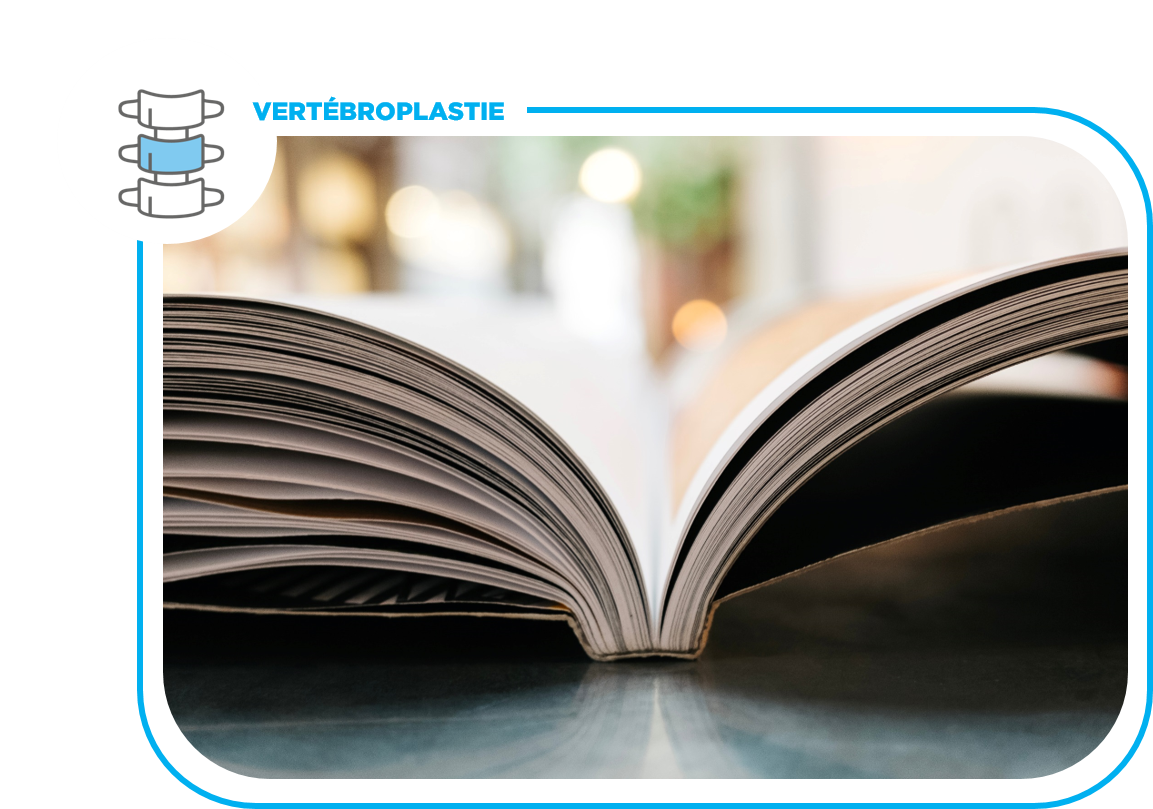
Prestat, A.J., Dalili, D., Rudel, A. et al. Percutaneous cementoplasty of periprosthetic loosening: can interventional radiologists offer an alternative to revision surgery?. Eur Radiol 31, 4221–4231 (2021)
Abstract
Objective
To evaluate feasibility and validate both safety and efficiency of radiological percutaneous periprosthetic bone cementoplasty (RPPBC) performed under local anesthesia as an alternative minimally invasive treatment of aseptic implant loosening.
Methods
In this case series, seven patients (mean age 81 years, range 73 to 89 years, 2 men and 5 women) were enrolled between February 2011 and January 2020 with confirmed aseptic loosening of orthopedic implants. One patient presented with tibial component loosening of an unicompartmental knee arthroplasty, one with glenoid component loosening from a reverse shoulder arthroplasty, one femoral gamma nail, and four presented with pedicle screw loosening after staged posterior lumbar interbody fusion. All patients underwent clinical, biochemical, and imaging assessments to confirm the diagnosis of aseptic loosening. All benefited from RPPBC under dual CT and fluoroscopic guidance. All procedures were performed under local anesthesia by an experienced radiologist. Preprocedural, immediate and 6-month post-cementoplasty pain levels on a visual analogue scale (VAS), and functional outcomes were evaluated. Immediate and 6-month postprocedural CTs were performed to evaluate the treated region.
Results
All RPPBC were well tolerated by patients throughout the procedure. None of the patients suffered from local or systemic infection post-RPPBC, or periprosthetic fractures. No recurrent implant loosening was observed. Six patients were pain free at 6 months. All patients expressed functional improvements during validated outcome score evaluations.
Conclusion
RPPBC appears to be an efficient and reliable treatment strategy for aseptic loosening of orthopedic implants in elderly patients deemed unfit for revision surgery.
Key Points
• Radiological percutaneous periprosthetic bone cementoplasty offers immediate and long-lasting pain relief in elderly frail patients, or those deemed unfit for revision surgery despite presenting with symptomatic aseptic loosening of orthopedic implants.
• Radiological percutaneous periprosthetic bone cementoplasty brings quick and long-lasting improvements in clinical functional outcomes and offer effective pain reduction, thereby improving the overall quality of life.
• Radiological percutaneous periprosthetic bone cementoplasty is a safe, quick, reliable, and well-tolerated minimally invasive procedure which can be easily performed under simple locoregional anesthesia and requires short-term hospital stay.
Cliquez ici pour accéder à l’article dans son intégralité.